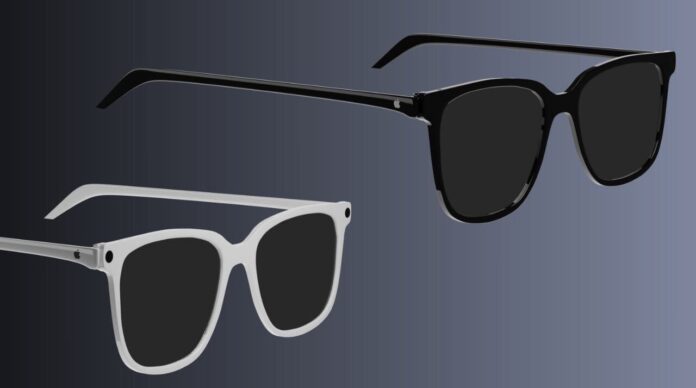Apple is gearing up to introduce its first smart glasses in the second quarter of 2027, according to renowned industry watcher Ming‑Chi Kuo. The product, styled much like Ray‑Ban spectacles but packed with Apple’s own technology, will mark the company’s debut in the fast‑growing smart eyewear market appleinsider.comtheverge.com.
These glasses will lean on voice and gesture controls, built‑in cameras for video capture, audio playback capabilities, and advanced environment sensing powered by artificial intelligence. Notably, they will not include a traditional display; instead, Apple aims to replace some uses of smartphone cameras and wireless earbuds with this single wearable phonearena.com. In its first year, Apple projects shipping between 3 million and 5 million units, a volume that could push total smart‑glasses shipments across all brands past the 10 million mark in 2027 phonearena.com.
Competition and Apple’s Wearables Roadmap
Apple’s move comes as Meta’s Ray‑Ban collaboration has found unexpected traction, and Google readies its own Android XR glasses. Internally, Apple CEO Tim Cook has elevated augmented‑reality eyewear as a top priority, intent on outpacing rivals with more “true” AR features theverge.com. Kuo’s report outlines seven head‑mounted devices in development, with no new launches slated for 2026 but a steady flow of releases from 2027 through 2028 mingchikuo.craft.me.
Beyond the 2027 launch, Apple plans an updated Vision Pro headset later this year and a follow‑on with liquid‑crystal‑display waveguides in 2028. Together, these devices form a multi‑year strategy to build both consumer interest and the technology foundation needed for richer AR experiences.
Technical Challenges and Design Choices
Delays in earlier reports had targeted a 2026 debut, but Apple faced significant engineering hurdles—most prominently battery life and weight constraints. To tackle power demands without bulking up the frame, the glasses will use a custom chip derived from Apple Watch silicon, aiming for a full day of use on a single charge theverge.com. Multiple frame materials and temple styles will let Apple position the glasses as fashion accessories as well as functional gear.
Market Impact and Potential Use Cases
By integrating cameras and microphones directly into everyday eyewear, Apple hopes users will swap out their wireless earbuds for built‑in speakers and their phone cameras for quick, hands‑free recording. This could transform how we capture fleeting moments or stay connected on the go. Early adopters may include tech enthusiasts and professionals who value privacy and convenience, while later generations could bring more immersive AR overlays once displays become viable in future models.
Analysis
This announcement signals Apple’s long‑term commitment to wearables beyond watches and phones. By focusing first on a display‑free design, Apple lowers the barrier to entry and mitigates immediate technical risks. The projected shipment figures suggest confidence in consumer appetite for smart eyewear—especially if battery life and comfort meet expectations. That said, success hinges on seamless integration with the iPhone ecosystem and convincing users that glasses can match or exceed the convenience of their current devices. Watch for price positioning; if Apple can deliver at a competitive cost, these glasses may finally nudge AR into mainstream use.

